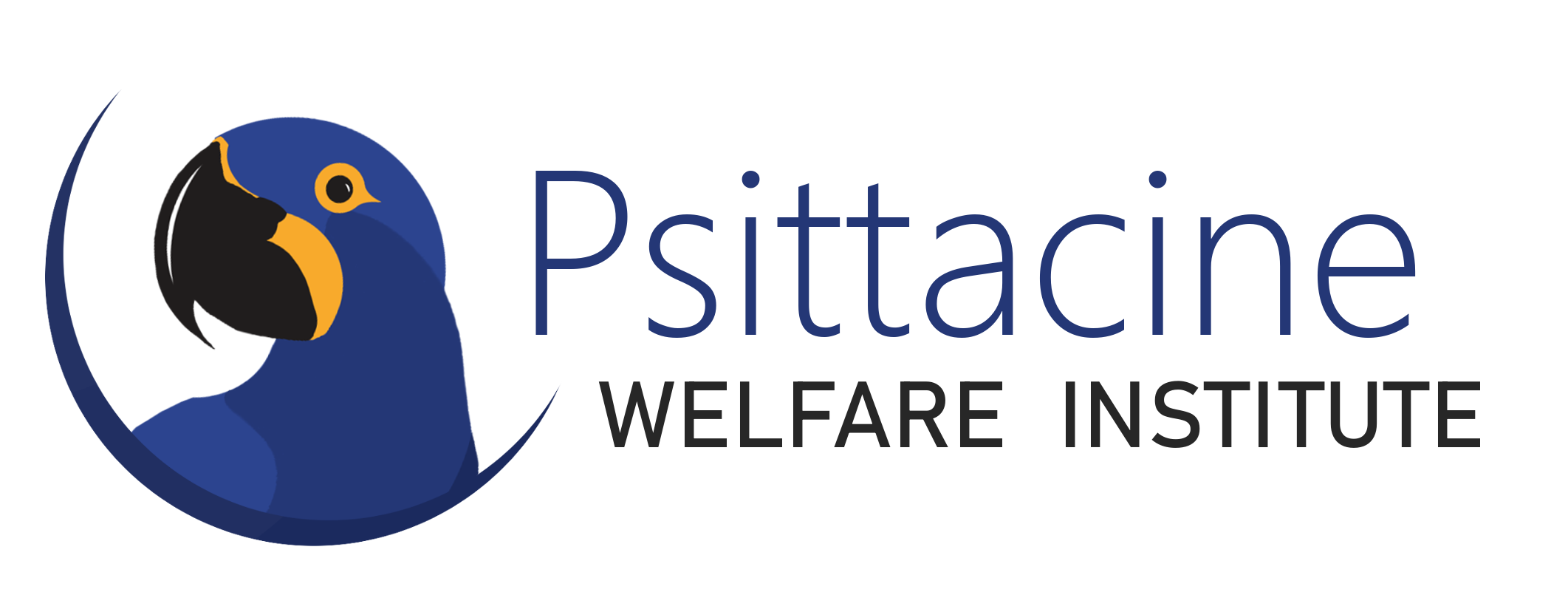-
The Problem with “Behavioral Problems”
I recently gave a behind-the-scenes tour of our ambassador animal area, and I caught myself making a mistake. It wasn’t that I had forgotten a fact or botched a number, but rather that I repeated a phrase I had used a dozen times before, and it was only in that moment that I realized what I had said was categorically incorrect. When asked why one of our animals, a kinkajou, was not going out on encounters – I cited that behavioral issues were the primary reason. Isn’t that audacious of me? Let’s take a second to operationalize the behavior I…
-
Ambassador, Not Lesser Animal
It will surprise no one in the field of zoology that best practice policy changes with time, and it will probably surprise even fewer that this change looks dramatically different depending on which kinds of animal you work with. Larger, more charismatic species – in particular mammals – have ushered an influx of new observations on welfare, habitat design, diet, and training at a rate that has not been witnessed in other taxa. It is for this reason that cetacean keepers have led the field for decades in terms of behavior and training, from Karen Pryor to Ken Ramirez. It…
-
AWA Amendment Position Statement
A Public Letter Regarding APHIS-2020-0068, In reviewing the proposal to amend the Animal Welfare Act to include birds under its umbrella, and some of the over 10,000 public comments submitted under APHIS-2020-0068, we have become alarmed and disturbed at the callous selfishness that has reared its head in the wake of entirely reasonable and necessary improvements to non-existent protections for captive bird species. To be clear, an innumerable number of commentators take issue with the low bar set for required licensing. Passed as is, it would exempt any facilities or individuals with four or less breeding females, that make less…
-
Why Conservation?
Science isn’t often preoccupied with “why” questions. We might wonder how an eel reproduces, or where a species of bird migrates to; but “why” questions, such as why do humans commit immoral acts, are wrapped in layers of psychology, morality, and choice — topics better left to behaviorists and philosophers. Having worked in several conservation organizations, I didn’t see the value in asking “why” questions surrounding our mission, the why was implied: to conserve nature. This, in my mind, was an obviously righteous task – to protect the natural world. Only… is it? …and furthermore, are we actually? When I…
-
Environmental Consequences in Training
Our understanding of animal learning and behavior has changed tremendously in the past two decades, in large part thanks to the influence of applied behavior analysis and a greater value on scientific methodology in our approaches. While simplifying a complex behavior interaction to a core equation of stimulus and response is a great learning tool for teaching new trainers and developing plans of actions, the formulas become inherently flawed as stand-alone tools if one doesn’t understand the true nature of environmental association.







